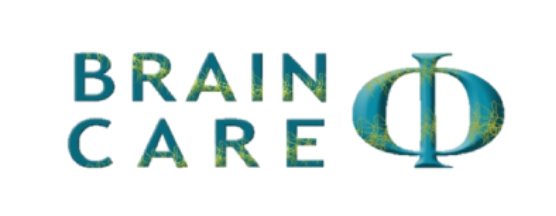Photobiomodulation: Illuminating the Brain’s Health
In recent years, a groundbreaking field of research has emerged at the intersection of light and biology, offering new hope for enhancing cognitive function and treating neurological disorders. Photobiomodulation (PBM) involves the use of specific wavelengths of light to stimulate cellular function and promote healing. This blog entry delves into the fascinating realm of photobiomodulation, exploring its mechanisms, applications, and the profound impact of photobiomodulation on healing, shedding light on its transformative role in various aspects of physical recovery, including the promising role it plays in optimizing brain health.
Understanding Photobiomodulation
In the pursuit of innovative and non-invasive healing modalities, photobiomodulation (PBM) has emerged as a promising frontier. Harnessing the power of specific wavelengths of light to stimulate cellular function, PBM is increasingly recognized for its potential in accelerating the healing processes within the body, including the brain.
At its core, photobiomodulation is based on the principle that certain wavelengths of light can penetrate the skin and underlying tissues, influencing cellular processes at a molecular level. The most commonly used wavelengths for PBM range from 600 to 1,000 nanometers, with red and near-infrared light being the primary players. The interaction of these specific wavelengths with cellular components, particularly mitochondria, is believed to trigger a cascade of cellular responses that contribute to healing.
For example, Photobiomodulation has demonstrated remarkable efficacy in enhancing wound healing. PBM promotes the repair and regeneration of tissues by stimulating the proliferation of fibroblasts, the cells responsible for synthesizing collagen and other extracellular matrix components. This accelerated tissue repair is particularly beneficial for wounds, injuries, and post-surgical recovery.
The healing impact of PBM on several tissues in the human body have led to its application on brain health.
How Does Photobiomodulation (PBM) Work
Mitochondrial Enhancement
Photobiomodulation is thought to enhance mitochondrial function by stimulating the production of adenosine triphosphate (ATP), the cellular energy currency. Improved ATP production can lead to enhanced cellular metabolism and overall cellular health.
Anti-Inflammatory Effects
PBM has been shown to have anti-inflammatory effects, reducing the levels of pro-inflammatory cytokines and promoting a more balanced immune response. Chronic inflammation is often implicated in neurological disorders, making this anti-inflammatory action particularly relevant in the context of brain health.
Neuroprotection
PBM has demonstrated neuroprotective effects, shielding neurons from damage caused by various stressors. This neuroprotection may be attributed to the reduction of oxidative stress and the promotion of cellular resilience.
Applications of Photobiomodulation in Brain Health
Cognitive Enhancement
Research suggests that PBM may have the potential to enhance cognitive function. Studies using transcranial photobiomodulation have shown improvements in memory, attention, and executive functions. These cognitive enhancements are particularly promising for individuals facing age-related cognitive decline or cognitive impairments.
Neurological Disorders
Photobiomodulation is being explored as a therapeutic approach for various neurological disorders, including Alzheimer's disease, Parkinson's disease, and traumatic brain injuries. Preliminary studies have shown positive effects on both symptom management and the underlying pathological processes in these conditions.
Mood and Mental Health
There is growing interest in the use of PBM for mental health applications. Some studies suggest that photobiomodulation may have antidepressant and anxiolytic effects, possibly through its influence on neurotransmitter levels and neural circuitry.
Stroke Recovery
PBM is being investigated as a potential intervention for stroke recovery. Early studies indicate that applying light therapy to the affected brain regions may enhance neuroplasticity and improve functional outcomes in stroke survivors.
Traumatic Brain Injury (TBI)
TBI often leads to long-term cognitive impairments, and current treatment options are limited. Photobiomodulation is showing promise in preclinical and clinical studies as a non-invasive approach to support recovery and mitigate the consequences of traumatic brain injuries.
While the potential of photobiomodulation in brain health is exciting, there are several considerations that warrant attention. For example, determining the optimal parameters, including the appropriate wavelengths, intensity, and duration of light exposure, is crucial for achieving consistent and effective results. Additionally, individuals may respond differently to photobiomodulation, and factors such as age, genetics, and the specific condition being treated can influence the outcomes. Understanding and accounting for this variability is essential for personalized and effective treatment approaches.
Photobiomodulation stands at the forefront of innovative therapies for brain health, offering a non-invasive and potentially transformative approach to enhancing cognitive function and treating neurological disorders. As research in this field continues to advance, the integration of PBM into clinical practice holds the promise of improving the lives of individuals affected by conditions ranging from age-related cognitive decline to serious neurological diseases. While challenges remain, the remarkable potential of photobiomodulation in promoting brain health provides a beacon of hope for a brighter and more illuminated future.
Ask us how.

